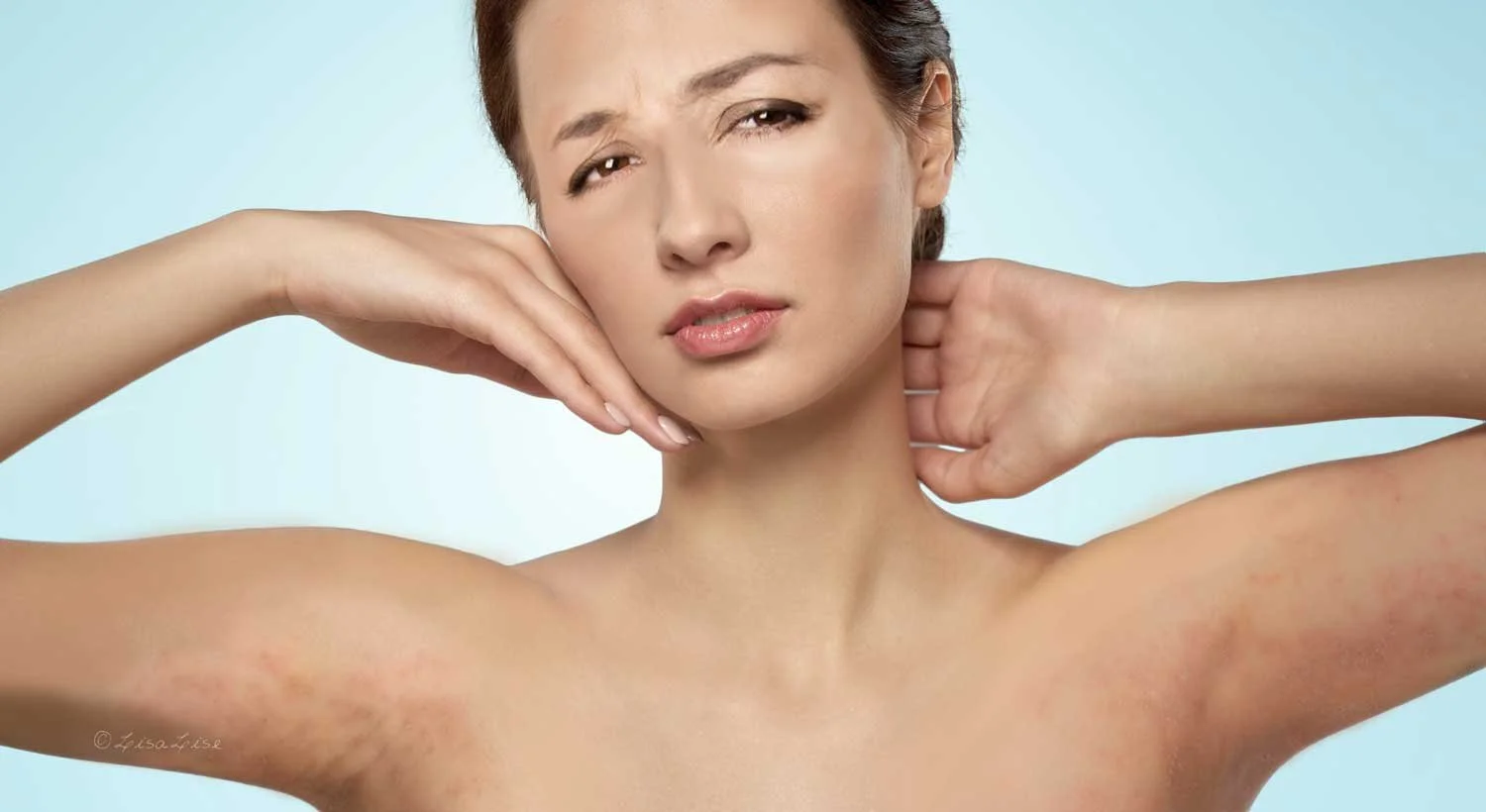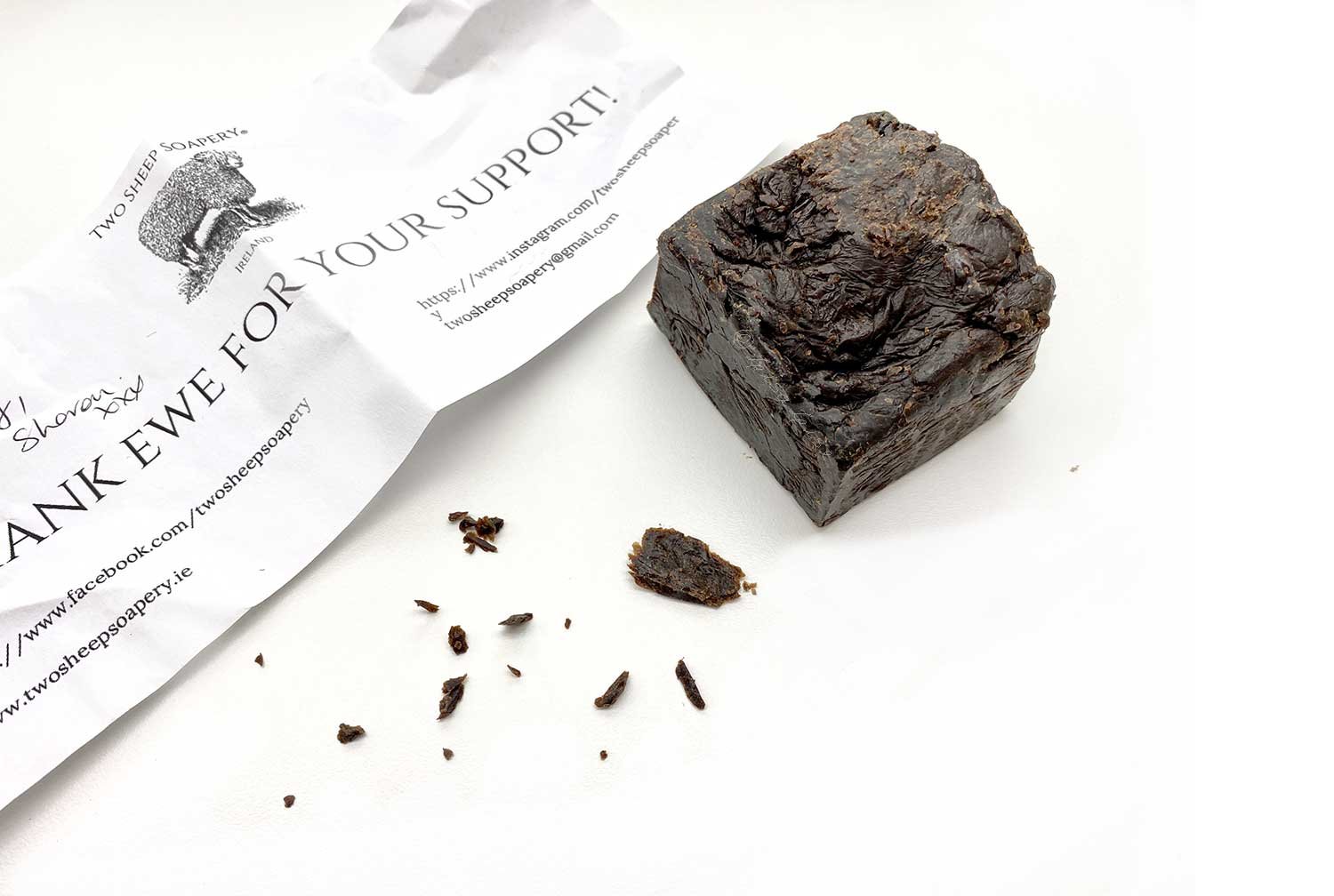Breakfast Ingredients Face Mask
Lise
Let's do something a little roots today. I figured it's about time we revisited this face mask which consists of ingredients you probably already have in your kitchen. In fact, you may have even enjoyed some of them for breakfast.
Never ever considered making your own skincare? Well, guess what, I hereby pronounce this your day to get started.
Let's put breakfast on our faces!
(Just to set your mind at ease, no eggs or bacon are involved).
Breakfast Ingredients
This super moisture boosting face mask calls for
Ripe banana
Natural yoghurt
Ground oats (see this post to make your own ground oats)
Raw honey
I know what you're thinking:
Does it really boost moisture?
Can it make skin feel deliciously smooth?
Will it leave your face feeling like you've gotten an instant face lift?
I don't blame you a bit for thinking all that, because one wouldn't imagine ordinary breakfast foods could do anything of the sort.
But to answer your questions:
Yes to all of the above.
Here's why putting these particular foods on your face can be beneficial for your skin:
Yoghurt
has a natural content of lactic acid and offers gentle exfoliation (REF - this blog)
Oats
are all around fabulous for skin in more ways than you can count (seriously -- try counting them -- you'll be busy until next week)
Banana
adds both moisture and an instant glow. (Some banana fans claim there are skin lightening properties which can help hyperpigmentation, but I need to do some research on this before I can be sure if this particular claim has any substance to it)
Raw Honey
Honey has so much to offer skin that even science can't deny it. Truth: I'm a bit of a honey addict. (do a google search for 'LisaLise honey' and you'll see what I mean)
Ready to get busy putting breakfast on your face?
Excellent!
This is enough for a single portion for immediate use.
Step 1
Peel and mash about a third of the banana.
Step 2
Add a generous tablespoon of natural yoghurt and generous teaspoon of honey - stir thoroughly.
Step 3
Drizzle in ground oats while stirring to reach your desired texture. The texture should be soft and easily spreadable yet hold together enough so it doesn't drip off your face.
Step 4
Apply to face and neck (and include the backs of your hands if you have enough leftover). I used the flexible spatula you see in the pic to apply. You could also use the back of a teaspoon or a soft brush. Allow the mask to sit for 15-20 minutes.
This mask won't dry out, so in theory you could keep it on for a full hour if you like. Your skin will love you for it.
To Remove
Using a spoon (or the flexible spatula), gently scrape off and discard the mask.
Rinse face
Finish with a spritz of hydrosol and a few drops of face oil.
Rejoice in your instant glowing beauty!
Do Tell
Have you ever thought of putting breakfast on your face?
More Stuff You Might Find Interesting
Traditional and Medicinal Uses of Banana, Journal of Pharmacognosy and Phytochemistry (LINK)
Banana from peel to pulp, Ethnopharmacology, source of bioactive compounds and its relevance for human health (LINK)
PS: If you liked this mask, the book below (available in Spanish and English) is a beginner friendly guide to making your own cosmetics and includes a whole section with fresh food masks






















